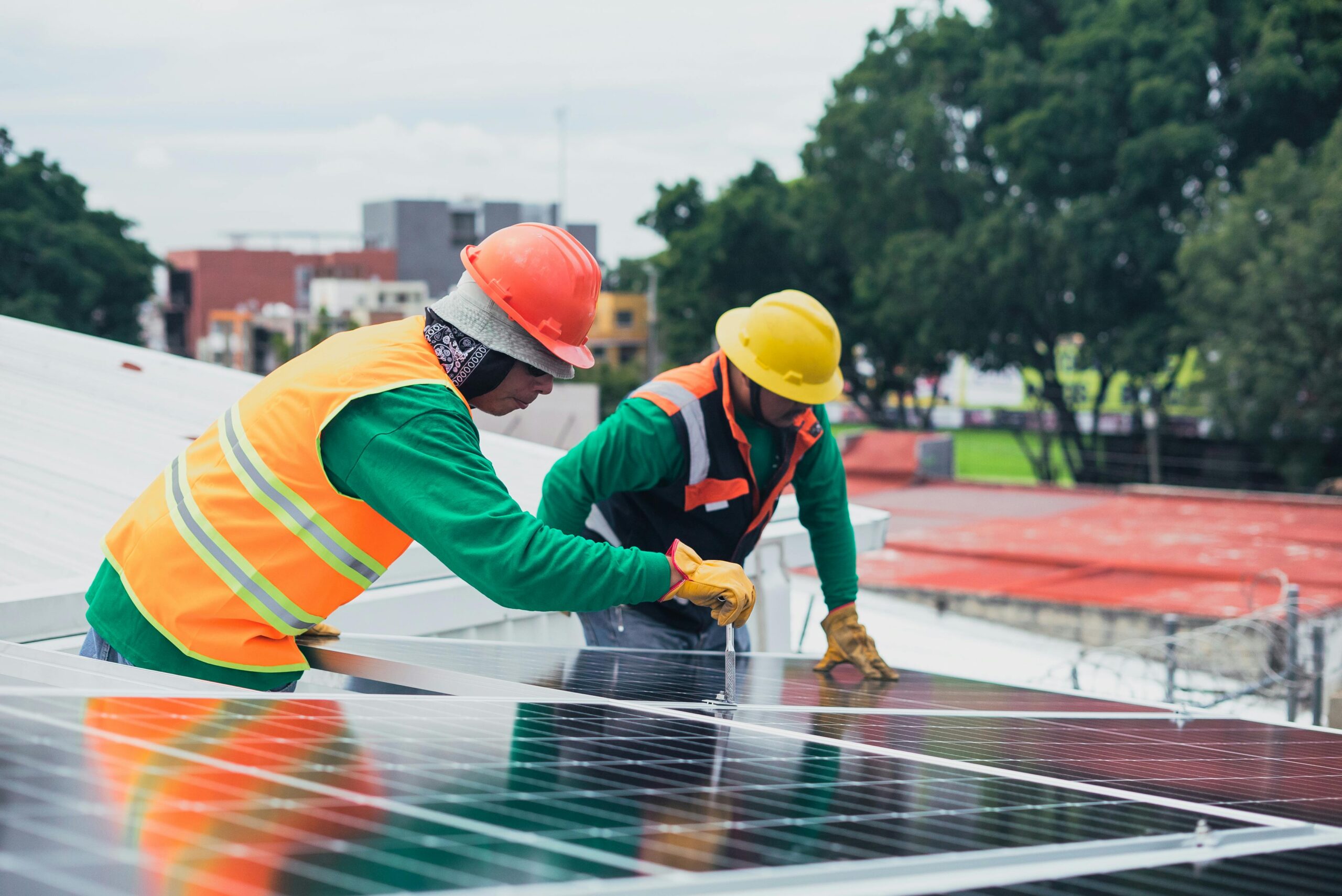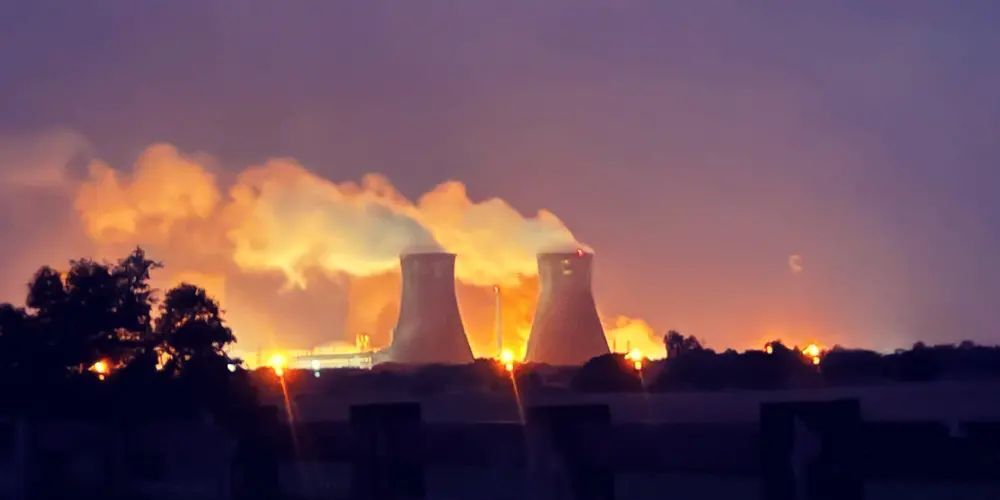Pradhanmantri Suryodaya Yojana was launched yesterday just after the ceremony of Pran Pratishtha and the inauguration of Ayodhya Ram Mandir. Prime Minister Modi launched this scheme targeting to installation of roof-top solar panels on 1 crore houses.
PM Modi posted on Twitter (X) giving this information. He said “All the devotees of the world always get energy from the light of Suryavanshi Lord Shri Ram. Today, on the auspicious occasion of the Pran Patishtha of life in Ayodhya, my resolve has been further strengthened that the people of India should have their solar rooftop system on the roofs of their houses. The first decision I have taken after returning from Ayodhya is that our government will launch “Pradhanmantri Suryodaya Yojana” with the target of installing rooftop solar on 1 crore houses. This will not only reduce the electricity bill of the people with low income and middle class but will also make India self-reliant in the field of energy”.

Prime Minister chaired a meeting to launch “Pradhanmantri Suryodaya Yojana” with the target of installing rooftop solar on 1 crore houses at his residence at Lok Kalyan Marg.
During the meeting, the Prime Minister mentioned that households can harness the power of the sun through their roofs to reduce electricity bills and become aatamanirbhar in their electricity needs.
Pradhanmantri Suryodaya Yojana aims to provide electricity to low and middle-income individuals through solar rooftop installations. Moreover, it offers additional income for surplus electricity generation.
The Prime Minister directed a national campaign to encourage residential consumers to adopt rooftop solar.

Benefits of Pradhanmantri Suryodaya Yojana for Roof-top Solar Panels
Pradhanmantri Suryodaya Yojana for rooftop solar panels offer a multitude of benefits, impacting your wallet, the environment, and even your independence. Here are some of the key advantages:
Financial Advantages with Pradhanmantri Suryodhya Yojana
1) Reduced Electricity Bills: By generating your clean energy, you can significantly reduce your dependence on the traditional grid, lowering your monthly electricity bills. The savings can be substantial, especially in areas with high electricity costs.
2) Increased Property Value: Homes with solar panels are often more attractive to potential buyers. Because they offer long-term cost savings and a more sustainable lifestyle. Studies have shown that homes with solar panels can sell for up to 4% more than comparable homes without them.
3) Government Incentives: Central and state governments offer financial incentives, such as tax credits or rebates, to encourage the adoption of solar power. These incentives can significantly reduce the upfront cost of installing solar panels, making them a more attractive investment. Moreover, PM Modi may announce some more incentives for his Pradhanmantri Suryodhya Yojana.
Environmental Advantages
a) Reduced Carbon Footprint: Solar energy is a clean and renewable energy source. That means it does not produce greenhouse gases or other pollutants when it is generated. By switching to solar, you can significantly reduce your carbon footprint and help combat climate change.
b) Lower Reliance on Fossil Fuels: Solar power reduces our dependence on fossil fuels, such as coal and oil. Furthermore, these resources are finite and can have harmful environmental impacts.
c) Improved Air Quality: Solar energy does not produce air pollution, unlike traditional power plants that burn fossil fuels. This can lead to improved air quality and public health.
Other Benefits of Pradhanmantri Suryodhya Yojana
i) Energy Independence: With solar panels, you can generate your electricity. Moreover, it gives you more control over your energy use and makes you less reliant on the traditional grid. This can be especially beneficial in areas prone to power outages.
ii) Low Maintenance: Solar panels are relatively low-maintenance and require minimal upkeep. They are built to withstand the elements and typically have a lifespan of 20-25 years.
iii) Versatility: Solar energy can be used for a variety of purposes. For example, such as powering homes, businesses, and even electric vehicles. This makes it a versatile and sustainable energy solution.
Overall, rooftop solar panels offer a compelling value proposition for homeowners and businesses alike. By providing financial savings, environmental benefits, and increased energy independence, solar power is a smart investment for the future.


